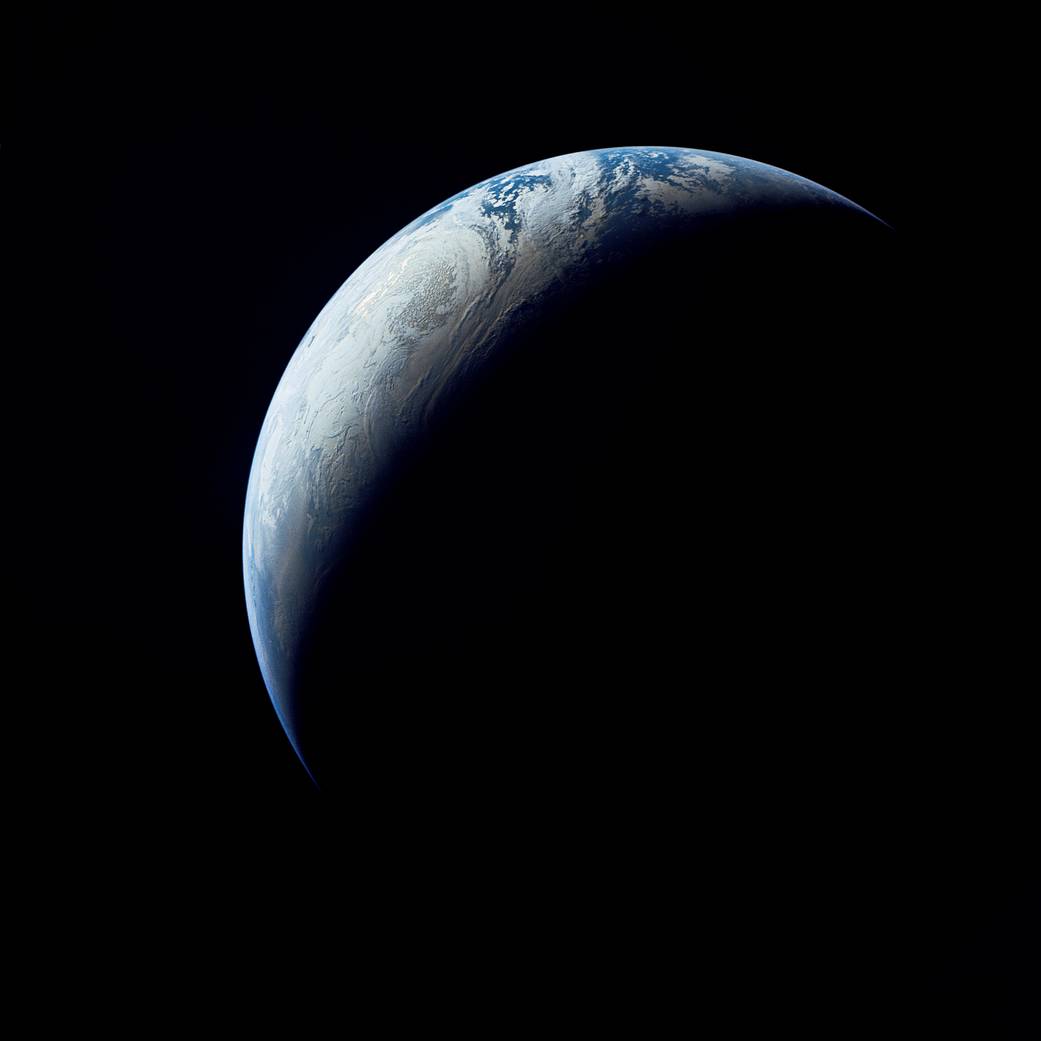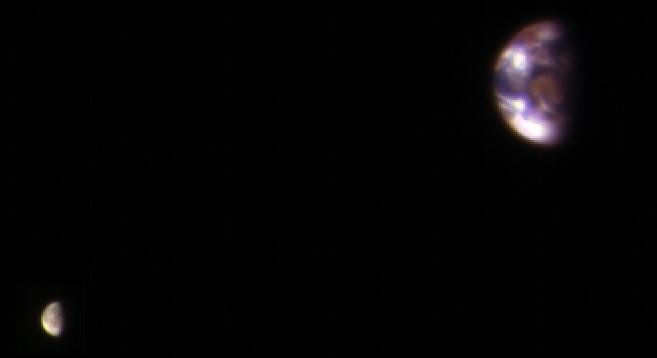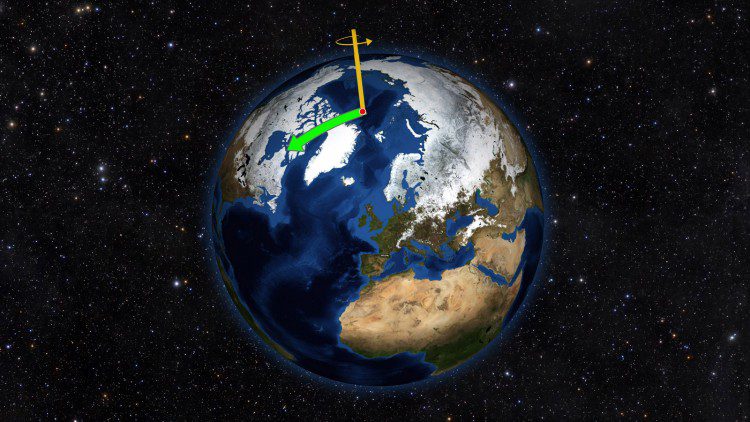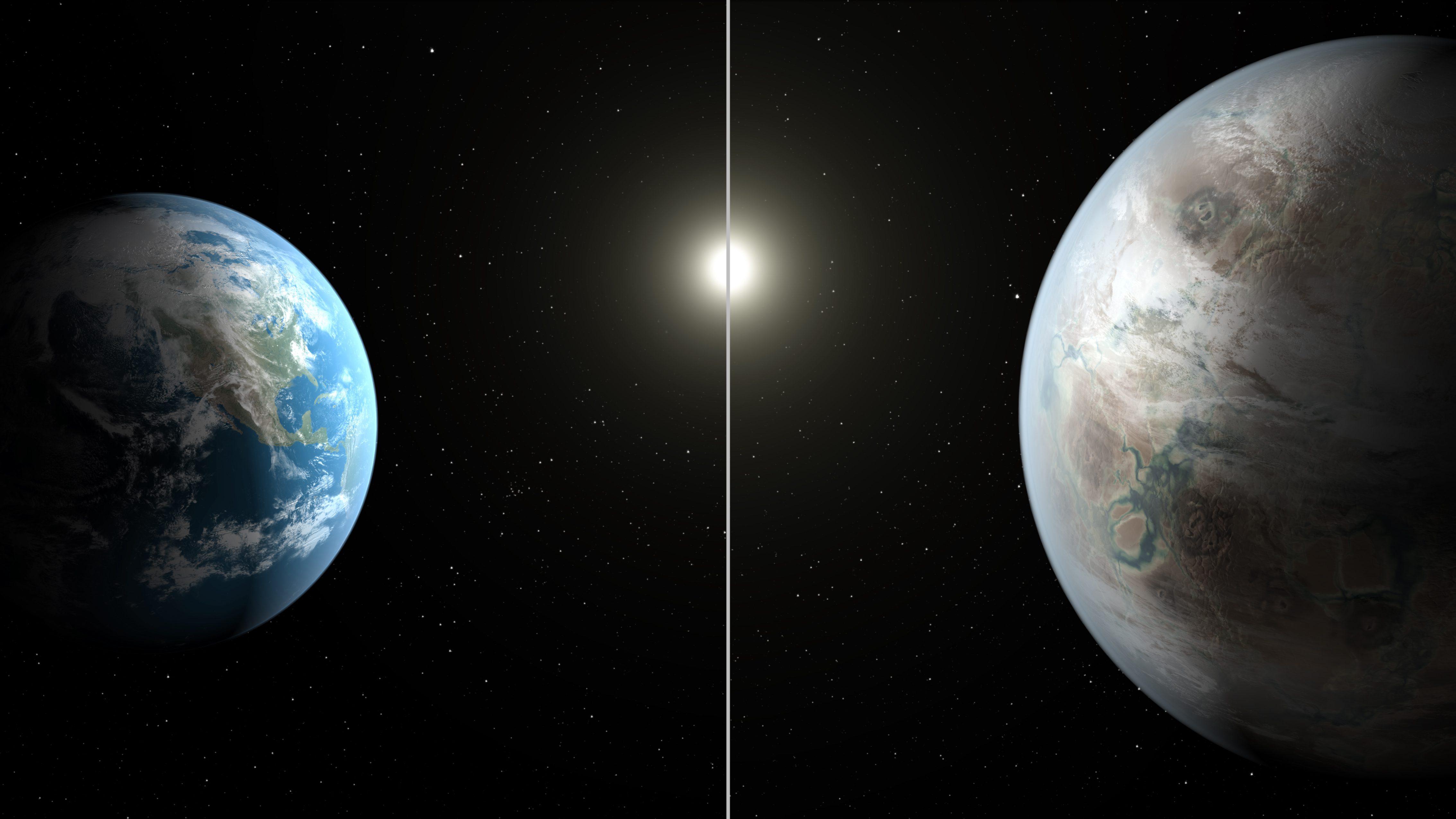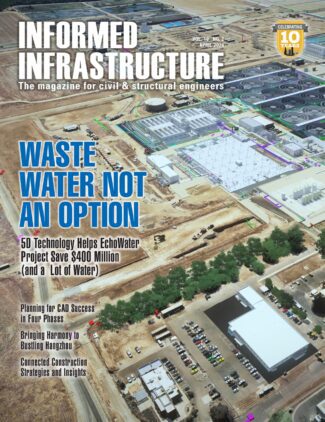On Nov. 9, 1967, the uncrewed Apollo 4 test flight made a great ellipse around Earth as a test of the translunar motors and high-speed entry required of a crewed flight returning from the moon. A 70-millimeter camera was programmed to look out a window toward Earth and take a series of photographs from high apogee.
